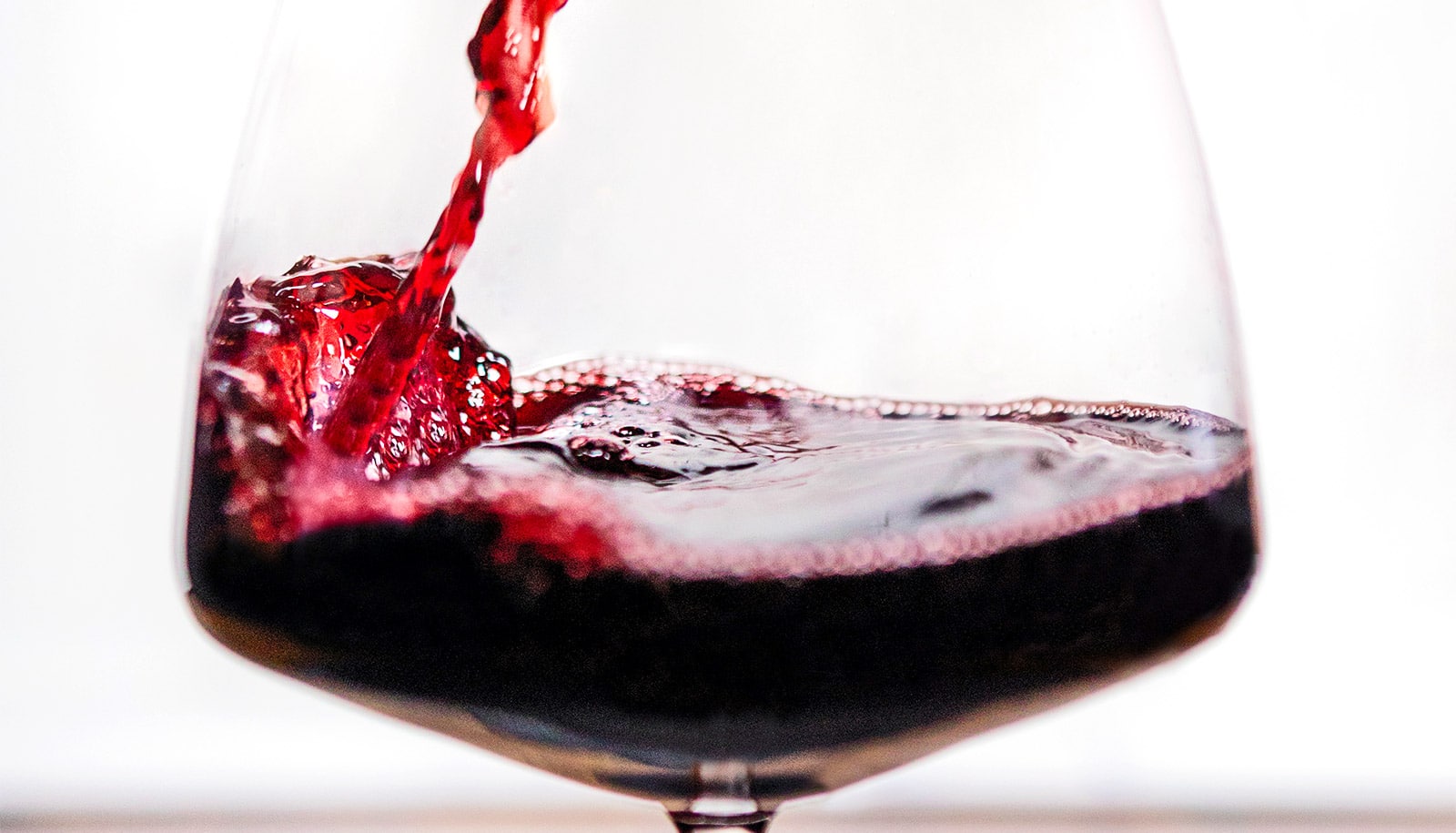When navigating the wine selection aisle, the options seem endless. Where do you start when it comes to picking the right red wine?
More options can lead to more questions. Which is sweet? How do you find one that is both high-quality and affordable? Is there a type of red wine that’s best to pair with certain foods?
It helps to start with the basics—classifications of red wine, foods to pair it with and price, says Justin Scheiner,a Texas A&M AgriLife Extension Service specialist and associate professor in the Texas A&M horticultural sciences department at Bryan-College Station.
Here, Scheiner shared some expert tips to consider when picking out a bottle of red wine:
What are the different classifications of red wine?
Red wines are known for their astringency attributed to the amount of tannins, which present a drying, puckering sensation when you drink. The astringency determines their dryness and flavor profile, Scheiner says.
- For a more full-bodied wine with the highest astringency, tannins and drying sensation, consumers might reach for a cabernet sauvignon.
- If you want less astringency, a little smoother down the list, a good medium option would be merlot.
- If you’re still looking for an even less astringent and lighter bodied wine, a pinot noir is another common red wine to look for.
“A simple way to think about it is that the more tannins the wine contains, the dryer the sensation will be when drinking it,” Scheiner says. “Some people have a higher sensitivity to tannins, which is why they may want to stick to a lighter red wine.”
Something else to look for on the wine label is the variety of the grape. If the label has the name of the grape on it, then you can assume that the wine is not going to be sweet, he says.
Pairing foods with red wine
Once you’ve found a red you like, you can think about a snack or meal to pair with your wine.
“The important wine and food pairing strategy is to match the intensity of the wine with the flavor intensity of the food,” Scheiner says.
For example, if you prefer a full-bodied red wine with bold flavors, you might pair it with a quality steak to match the flavor profile intensity.
Pairings go both ways. A really spicy food for a meal tends to overwhelm a lighter wine. Lighter wines like pinot noirs are more commonly paired with lighter profile flavors such as lighter meats like pork, turkey, and chicken. Pasta dishes or even charcuterie-style meats are also common selections that pair well with lighter reds.
By understanding how to balance wine and food flavors, you can enhance your overall dining experience.
Does price equal quality?
Once you’ve achieved a balanced approach to pairing, the next question is how to pick a quality wine for a reasonable price. While the price of the wine can be an indicator of its quality, that’s not always the case.
“If you are reaching for the cheapest red wine you can buy, the quality is typically not going to be there,” Scheiner says. “They just can’t produce it with better ingredients and still sell it at that price point, so your expectations should be lower for the lowest price points.”
However, he says, if you are selective with a mid-price range, you should be able to find a quality wine.
“I also recommend that when you are out at a restaurant and find a wine you really like, take a picture of it on the menu and then go find it at your local grocery store,” he says. “You can usually find the bottle for a half to a third of the price you paid for it at a restaurant.”
Regardless of the price or perceived quality, selecting wine all comes down to personal taste. So, whether you’re trying wine for the first time, exploring new varieties, or buying a bottle as a gift, don’t hesitate to step outside your comfort zone.
“There’s a world of wines to discover, from local selections for a personal touch to unique international wines,” Scheiner says. “Find the wine that resonates with your preferences and experiences.”
Source: Brooke McDonald for Texas A&M University



